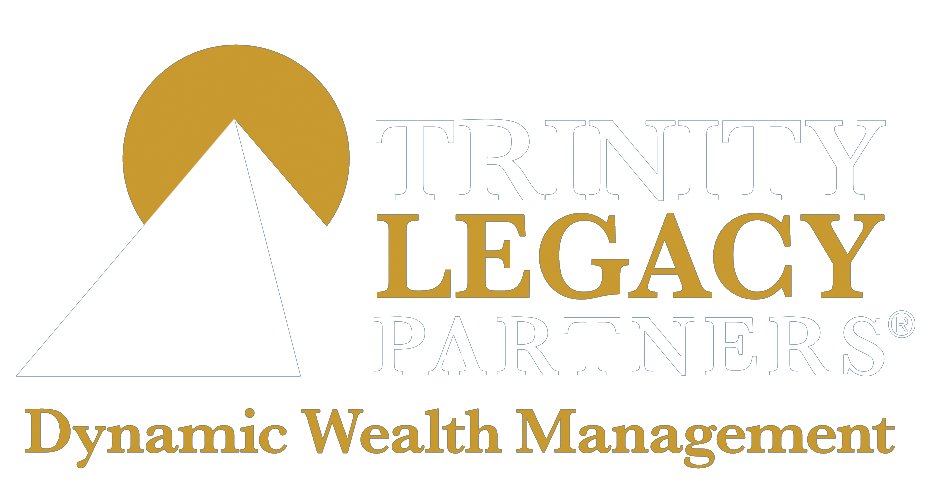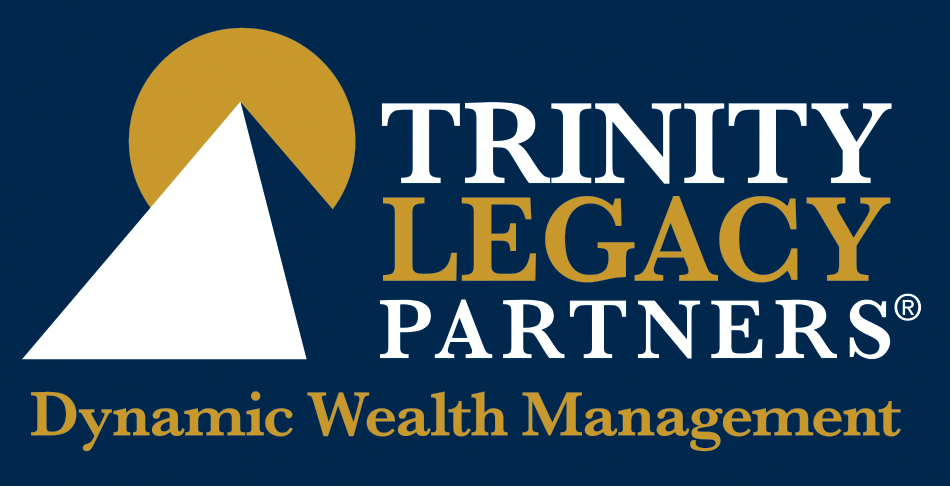While there are several factors to consider, including income tax considerations, converting a traditional IRA or employer-sponsored retirement account to a Roth can be an effective strategy for many individuals.
While there are income limitations on direct contributions to a Roth IRA, anyone can convert a traditional IRA (or other eligible retirement plan asset) to a Roth IRA provided they pay income tax on the conversion amount. In addition to the potential for tax-free growth, Roth conversions provide an opportunity for individuals to potentially lessen the tax burden during retirement and achieve greater flexibility with regards to IRA distributions after age 70 ½.
Eligibility
Individuals with earned income below certain limits (based on modified adjusted gross income) can contribute up to $6,000 per year to a Roth IRA in addition to catch-up contributions of an additional $1,000 beginning at age 50. While there are limitations on the ability and amount that can be contributed to a Roth IRA, these limitations do not apply to Roth conversions.
Pre-tax amounts converted from a traditional IRA (or another eligible retirement plan) to a Roth IRA are treated as a taxable distribution and taxed as ordinary income in the year of conversion. It should be noted that individuals can convert a portion of pre-tax retirement assets over several years and thus spread the tax impact.
Roth IRA conversions may be worth considering for individuals who:
Key Considerations
There are a variety of factors to consider in determining whether to take advantage of partial Roth conversions.
Assets in a Roth IRA have the potential to grow tax-free and can be withdrawn tax-free as “qualified distributions” five years after the initial Roth IRA contribution (or Roth conversion) subject the following qualifications:
Since Roth IRAs are funded with after-tax dollars, contributions can be withdrawn tax-free; however, ordinary income tax will be assessed on Roth earnings on distributions which do not meet the above exceptions in addition to a 10% tax on withdrawals made prior to age 59½.
Potential Benefits
Since income restrictions no longer apply to Roth IRA conversions, many individuals should consider including partial Roth conversions as part of their retirement planning. Potential benefits of a Roth IRA include the following:
Conclusion
Disclosure: The information provided in this article is for general educational purposes and is not intended to represent tax, legal, or accounting advice. Every situation is unique and it is important to consider the tax implications and potential impact on long-term financial goals before making any decision regarding Roth IRA conversions. Individuals should discuss their unique circumstances with qualified professionals in these areas before making any decision.


